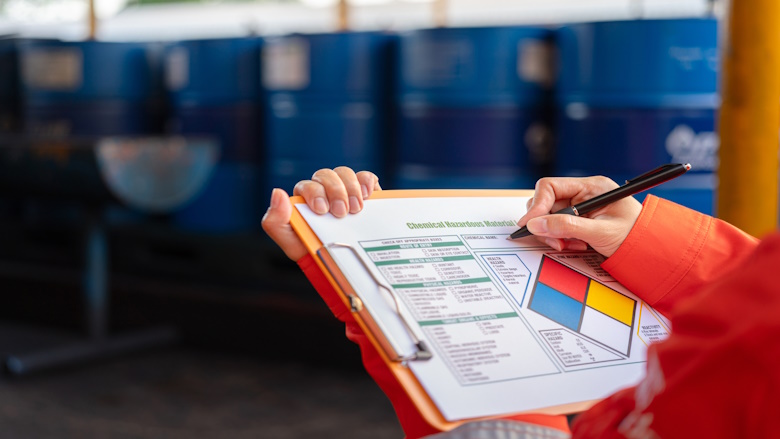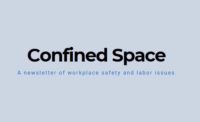Exploring chemical risk management and green chemistry

Photo credit: Thank you for your assistant / iStock / Getty Images Plus
A recent webinar focuses on chemical risk management, with a particular emphasis on the role of approvals, green chemistry, and hazard communication. The event was sponsored by EcoOnline and featured presentations from Gary Morgan, the company’s Vice President of Product Chemical Safety, and Michael Sybing, a Solutions Sales Specialist.
In this webinar, learn about the various challenges associated with chemical safety, including the need to identify and manage the chemicals being used on site, as well as the importance of maintaining up-to-date safety data sheets and compliance with regulatory requirements. Morgan highlights the need for organizations to consider the potential risks associated with new chemicals and to explore opportunities for substitution with less harmful alternatives.
Spot Chemical Risk: with Help from Approvals, Green Chemistry and Hazard Communication
Watch On-Demand“Prevention is better than cure,” Morgan said, emphasizing the importance of taking a proactive approach to chemical risk management. “We’re preventing harm before it can occur.”
To illustrate this point, Morgan discusses the hierarchy of controls, a framework used by EHS professionals to identify and implement the most effective measures for protecting workers from hazards. The hierarchy includes a range of controls, from the most effective (elimination and substitution) to the least effective (PPE).
Morgan also provides an overview of the chemical approval process, which involves a thorough review and assessment of the chemicals being used in a particular product or process. This process is critical for ensuring that the chemicals are safe for human health and the environment, and it often involves a detailed risk assessment and compliance review.
In addition to chemical approvals, the webinar also explores the concept of chemical substitution, which involves replacing hazardous chemicals with safer alternatives. Morgan notes that this process is closely linked to the principles of green chemistry, which aim to minimize the use and generation of hazardous substances.
“Green chemistry is the design of products and processes that minimize or eliminate substance use, hazardous substance use and generation,” Morgan explains. “Effectively, what we’re doing is designing out risk before creating a product or process.”
The webinar also includes a presentation from Sybing on the topic of hazard communication, with a focus on the specific requirements for organizations in North America. Sybing highlights the importance of having a written hazard communication program, as well as the need for proper labeling and access to safety data sheets.
Check out this webinar on demand for a comprehensive overview of the various strategies and best practices for managing chemical risk, with a particular emphasis on the role of approvals, green chemistry and hazard communication.
Looking for a reprint of this article?
From high-res PDFs to custom plaques, order your copy today!







